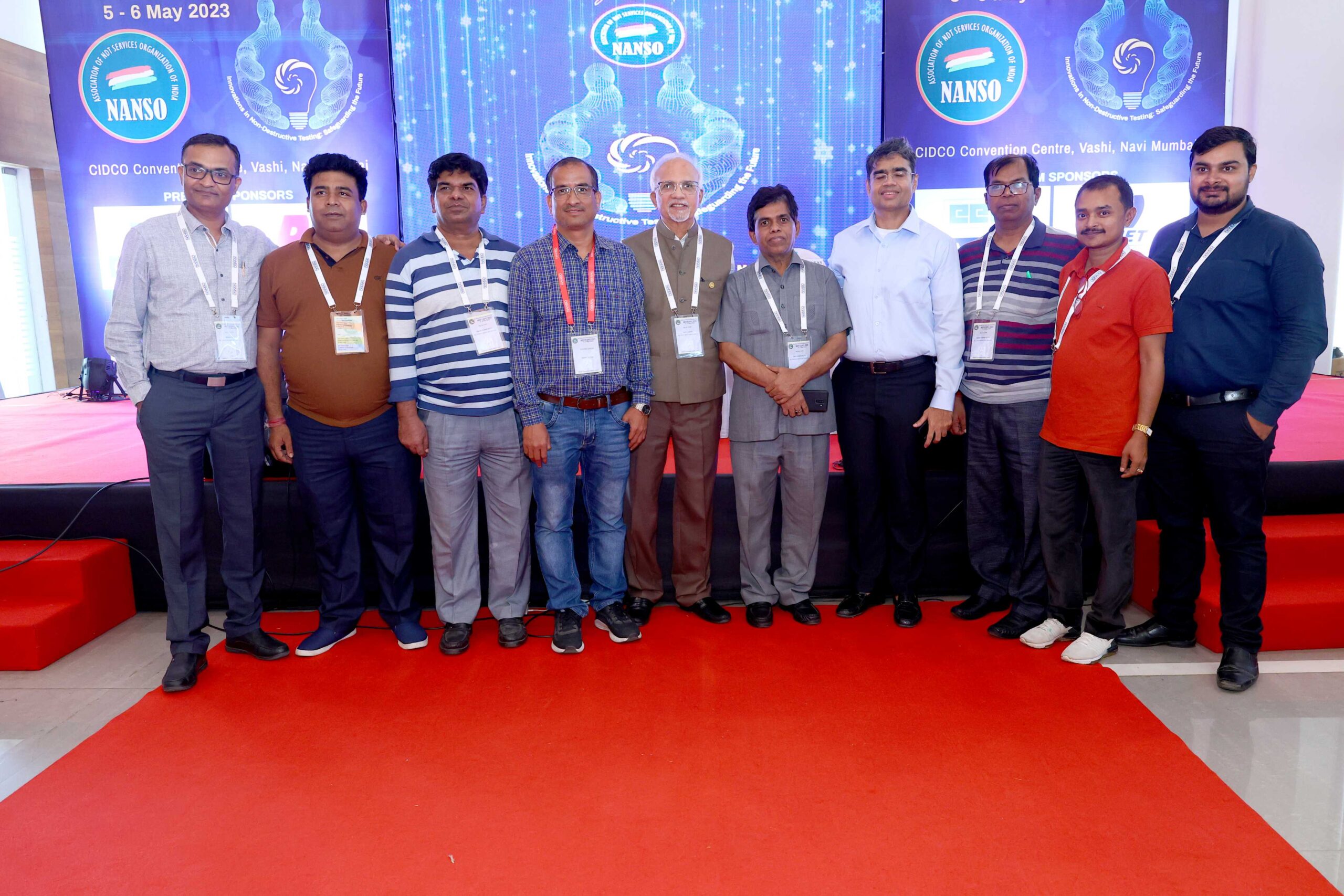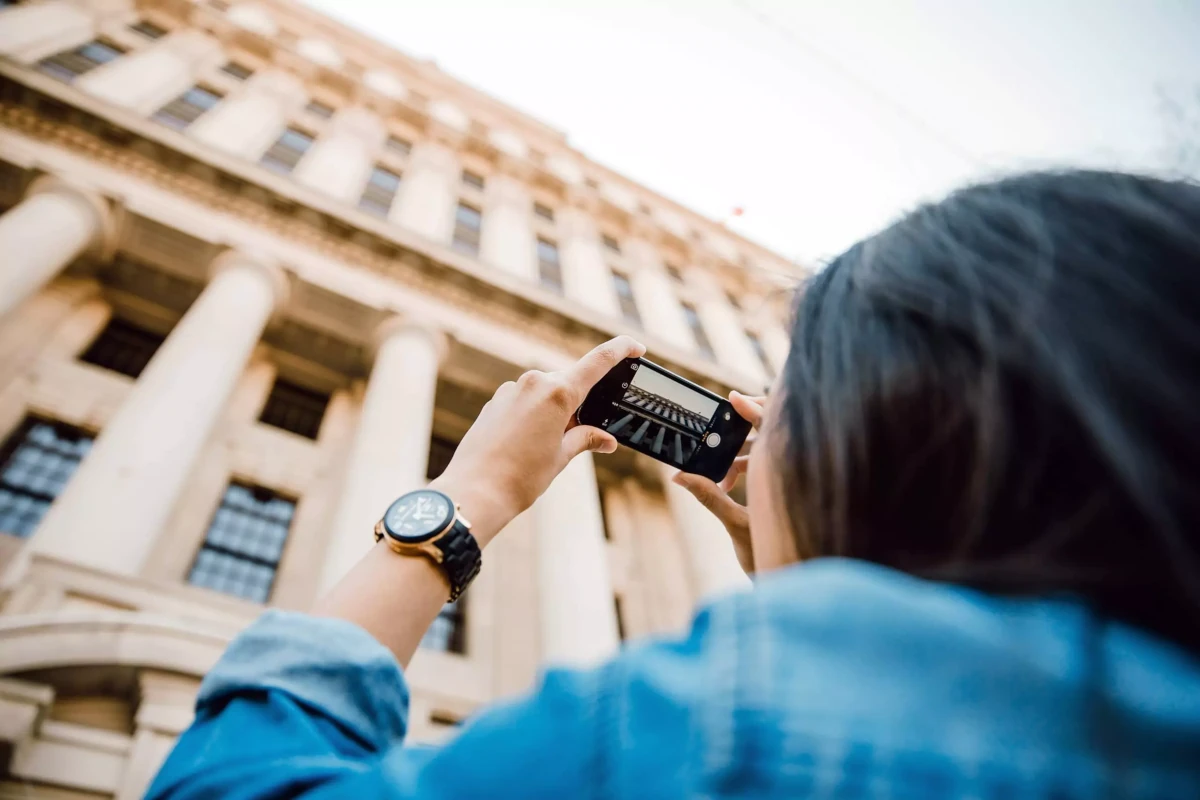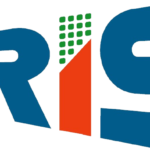- NABL Accredited Laboratory in NDT Discipline (RT-UT-MT-PT-UTG & PWHT)
- Regd. Off: 11/4/D Charta Sivtala Lane, Serampore Hooghly, PIN-712204, INDIA

Our Suitability in Carrying Out Different NDT & Stress Relieving Job, PMI, Remote Visual Inspection (Fibre Optic /Baroscopic). You Will Give Us a Scope to Engage Our Technical Expertise
- Facilities Third Party Inspection
Roentgen Inspection Services are engaged for Non – Destructive Testing, Stress – Relieving & third party Inspection jobs Boiler, Pressure vessels, Storage Tanks, Pipe Refinery, Chemical Plant.Gas Pipeline.
- Facilities in Stress – Relieving
We are highly experience in stress – relieving by Induction coil Heating Process for Purpose of pre heating (Before weld) and Stress relieving (after weld).
- AREA OF INSPECTION (Non–Destructive Testing, Stress–Relieving)
Roentgen Inspection Services are engaged for Non – Destructive Testing, Stress – Relieving & third party Inspection jobs Boiler, Pressure vessels, Storage Tanks, Pipe Refinery, Chemical Plant, Gas pipeline.
Our Services
Well Trained Technicians That Understand Both The Method Of Inspection And The Nature Of The Environment They Are Working
- RADIOGRAPHY TESTING
- Radiographic Testing (RT) is a non-destructive testing (NDT) method which uses either x-rays or gamma rays to examine the internal structure of manufactured components identifying any flaws or defects.
| Name of Equipment | Manufacturer | Quantity |
| Radiation Camera (Ir – 192) | BRIT(Mumbai)/ QSA Global | 17 Nos |
| X-Ray Machin (250kv) | Along Dangdong | 03 Nos |


- STRESS RELIEVING
- PWHT is a thermal treatment process applied to welded components to improve their mechanical properties and relieve residual stresses caused by welding
| Name of Equipment | Manufacturer/Model | Quantity |
| Temperature Recorder | RR(6000-6) | 40 Nos |
| Control Panel | L&T/Siemens | 04 Nos |
| Control Panel | PID 6 Point | 20 Nos |
NDT involves a variety of techniques used to evaluate the properties of a material, component, or system without causing damage. This is crucial for ensuring the integrity and reliability of structures and machinery

Watch, Read, Listen
-
Non-Destructive Testing (NDT)
Purpose: NDT involves a variety of techniques used to evaluate the properties of a material, component, or system without causing damage. This is crucial for ensuring the integrity and reliability of structures and machinery.
Common NDT Methods:
- Ultrasonic Testing (UT): Uses high-frequency sound waves to detect imperfections.
- Radiographic Testing (RT): Employs X-rays or gamma rays to view the internal structure.
- Magnetic Particle Testing (MT): Detects surface and near-surface discontinuities in ferromagnetic materials.
- Liquid Penetrant Testing (PT): Reveals surface-breaking defects in non-porous materials.
- Eddy Current Testing (ECT): Uses electromagnetic induction to detect flaws in conductive materials.
- Visual Testing (VT): The simplest form, involving visual inspection of the material or component.
Applications:
- Aerospace: Ensuring the integrity of aircraft components.
- Construction: Verifying the quality of welds in steel structures.
- Oil and Gas: Inspecting pipelines and storage tanks.
- Automotive: Checking the safety of critical vehicle parts.
Post Weld Heat Treatment (PWHT)
Purpose: PWHT is a thermal treatment process applied to welded components to improve their mechanical properties and relieve residual stresses caused by welding.
Key Objectives:
- Stress Relief: Reduces residual stresses that can lead to cracking.
- Temper Embrittlement: Mitigates the risk of brittleness in certain materials.
- Hydrogen Embrittlement Relief: Removes hydrogen absorbed during welding, which can cause cracking.
- Softening: Restores ductility in hardened zones of the weld and heat-affected area.
Processes Involved:
- Heating: The weld and adjacent area are heated to a specific temperature.
- Soaking: Maintaining this temperature for a prescribed period.
- Cooling: Controlled cooling to avoid introducing new stresses or distortions.
Typical Temperatures:
- The exact temperature and duration depend on the material and the specific requirements, but it often ranges from 600°C to 750°C for steels.
Applications:
- Pressure Vessels: Ensuring the safety and integrity of vessels under high pressure.
- Pipelines: Enhancing the durability of pipelines transporting hazardous materials.
- Nuclear Industry: Maintaining the structural integrity of components exposed to radiation.
Integration of NDT and PWHT
In practice, NDT is often performed both before and after PWHT:
- Before PWHT: To detect any defects that need repair before the component is subjected to heat treatment.
- After PWHT: To ensure that the heat treatment process has not introduced any new defects and that the component meets the required standards.
Together, NDT and PWHT play a critical role in ensuring the safety, reliability, and longevity of welded structures in various industries.
17-May-2024 by Admin. Tanmay Nath
Join 200+ Happy Clients
Stay in the loop with everything you need to know.